Forget ‘Chaos Gardening’—Here’s How to Actually Grow a Wildflower Meadow
I’ve been designing gardens for what feels like a lifetime, and lately, everyone seems to have the same dream: a wild, rambling meadow bursting with life. They show me these gorgeous, untamed photos and talk about “chaos gardening”—the idea of just flinging a bunch of seeds out and letting nature take over.
In this article
And I get it. The appeal is huge. But after years of getting my hands dirty, I can tell you that a successful meadow isn’t about chaos. It’s about understanding a system. The real work is a partnership with nature, not a surrender to it.
Instead of constant weeding and pruning, you put your energy into the upfront prep and then step back to observe. I’ve done these kinds of plantings on tiny backyard plots and sprawling multi-acre properties. The goal is always the same: to create a tough, beautiful, and mostly self-sufficient community of plants. It’s a fantastic process, but it starts with a little bit of know-how, not just a fistful of seeds.
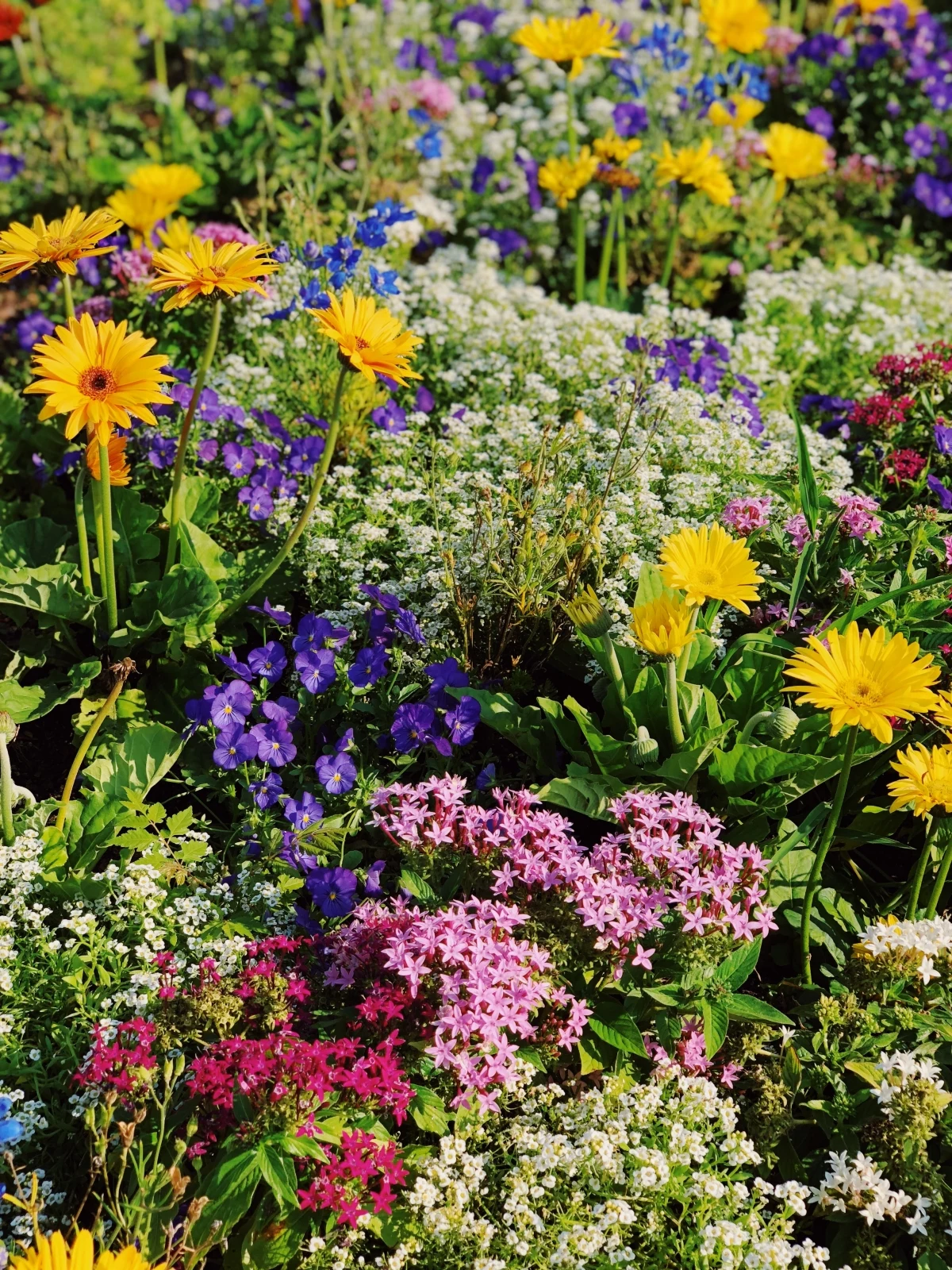
Think Like Nature, Not Just a Gardener
To pull this off, you need to shift your mindset a bit. A meadow is more than just pretty flowers; it’s a living ecosystem. Nailing a few key principles is what separates a vibrant habitat from a sad, weedy patch.
It All Starts with the Soil (and It’s Not What You Think)
Honestly, the single biggest mistake I see people make is starting with rich, fluffy, super-fertile soil. For most traditional gardening, that’s exactly what you want. But for a meadow? It’s the opposite.
Wildflowers and native grasses thrive in lean soil. Rich, high-nitrogen soil is like rocket fuel for aggressive weeds, which will quickly bully and smother your delicate flowers. So, for once, you can skip the compost and expensive amendments. We’re aiming to build a complex soil food web where beneficial fungi, known as mycorrhizal fungi, connect with plant roots. This underground network helps plants find water and share nutrients, creating a resilient community. You just don’t get that when you scatter seeds on dead, compacted dirt.
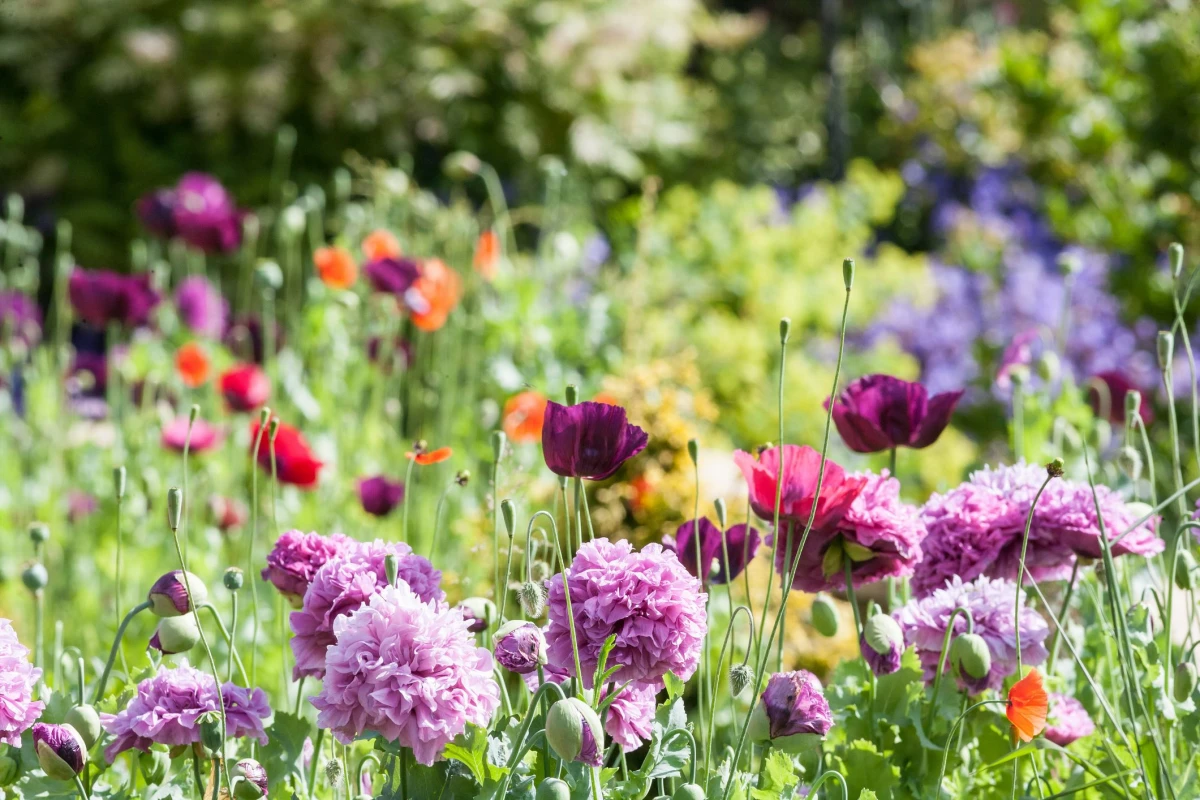
Your Garden is a Movie, Not a Photograph
A meadow is never static; it’s always changing. This is a natural process called ecological succession. When you first seed bare ground, you’ll see fast-growing annuals pop up. These are the pioneers. They cover the soil, prevent erosion, and basically act as a nurse crop for the slower-growing plants to come.
In years two and three, the real stars of the show—the perennials like coneflowers and black-eyed Susans—start to take over. They live for many years and form the backbone of the meadow. Your job is to gently guide this process, maybe by mowing once a year to keep woody shrubs from moving in.
Choosing Your Tools: Prepping for Success
The romantic vision of tossing seeds into the wind is lovely, but the reality of a great meadow is built on solid prep work. Here’s how the pros get it done, scaled down for you.
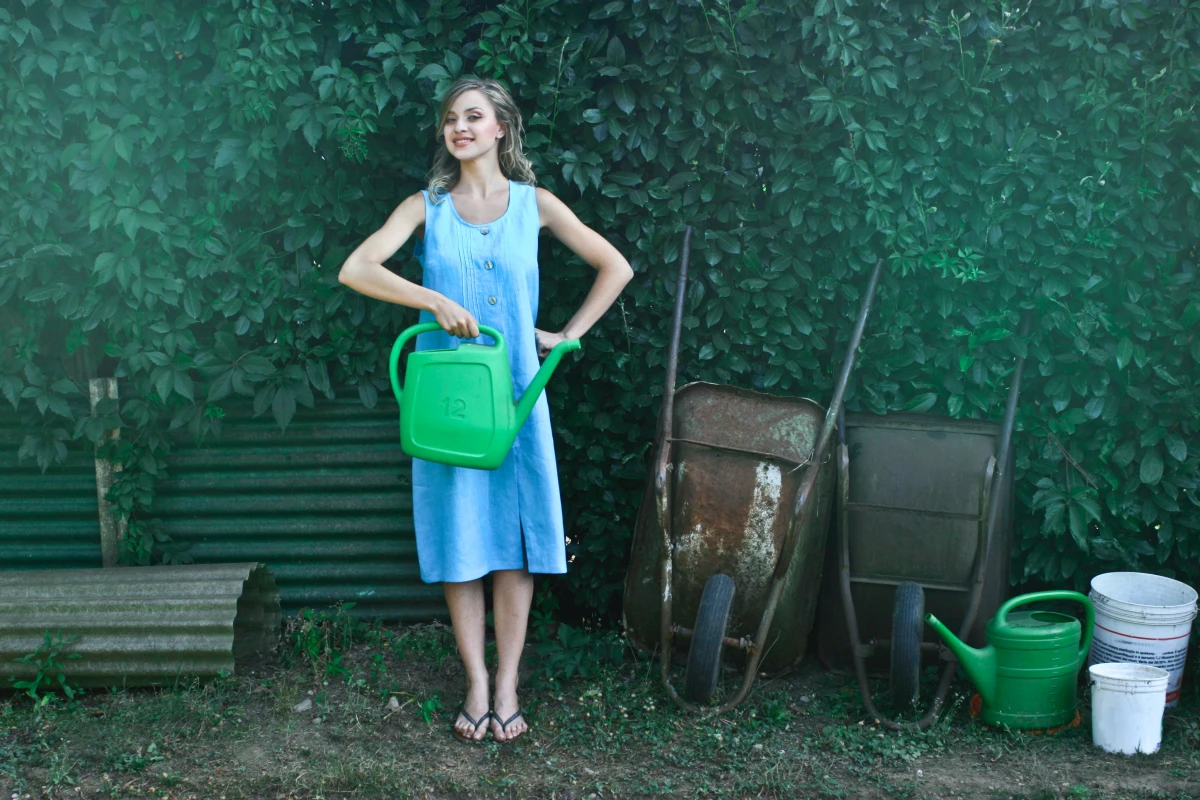
Prepping the Ground: 90% of Your Success
What you do before you even open a seed packet is what truly matters. Your goal is simple: get rid of the existing grass and weeds.
So, how do you do it? You’ve got a couple of good options.
First, for smaller areas, there’s the old-fashioned way: digging it all out by hand. It’s effective, but it’s hard work. For a 10×10 foot patch (100 sq ft), you should probably set aside a full afternoon and be prepared to sweat. The upside? It costs nothing but your time.
For larger areas, my favorite method is solarization. You mow the area as short as possible, give it a good soaking with the hose, and then cover it tightly with clear plastic sheeting. Secure the edges with rocks or soil. Let it bake in the hot summer sun for 6-8 weeks. The heat will absolutely cook the plants and most of the weed seeds in the top layer of soil. It’s an incredibly effective, chemical-free way to clear a site.
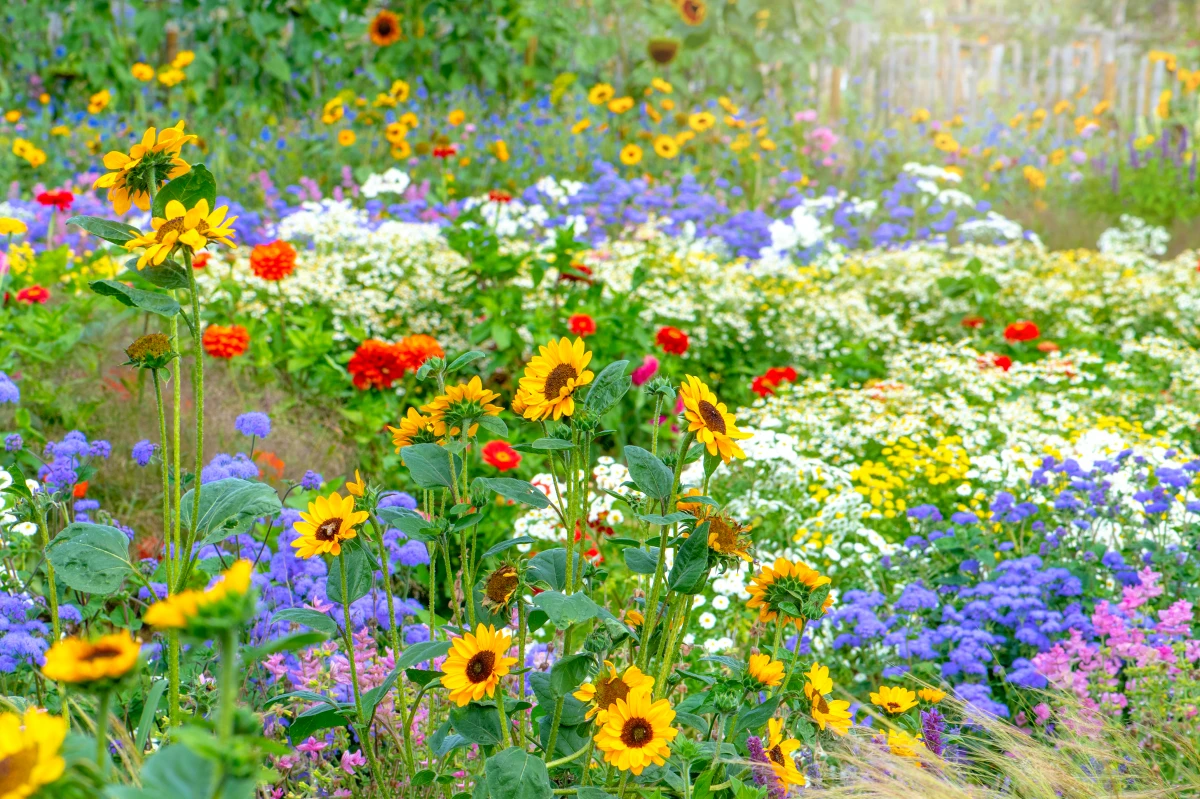
Once the area is clear, you just need to prep the seedbed. Heads up: Do NOT till deeply! This just brings a fresh batch of weed seeds to the surface. Instead, just use a hard-tined garden rake to scratch up the top inch or two of soil. You want a surface that looks rough and crumbly, perfect for catching seeds.
Your First-Timer’s Shopping List (for ~100 sq ft)
Feeling overwhelmed? Don’t be. For a small project, your list is surprisingly short and affordable:
- Native Seed Mix: This is your biggest expense. For 100 sq ft, you’ll need about half an ounce of a good mix. Expect to pay between $20 and $50 for a high-quality, regionally-appropriate blend.
- An Inert Carrier: A small bag of builder’s sand or vermiculite. This will cost you about $5 at any home improvement store.
- Tools: You probably already have a hard-tined garden rake and a shovel. If you go the solarization route, a roll of clear plastic might be another $15-$20.
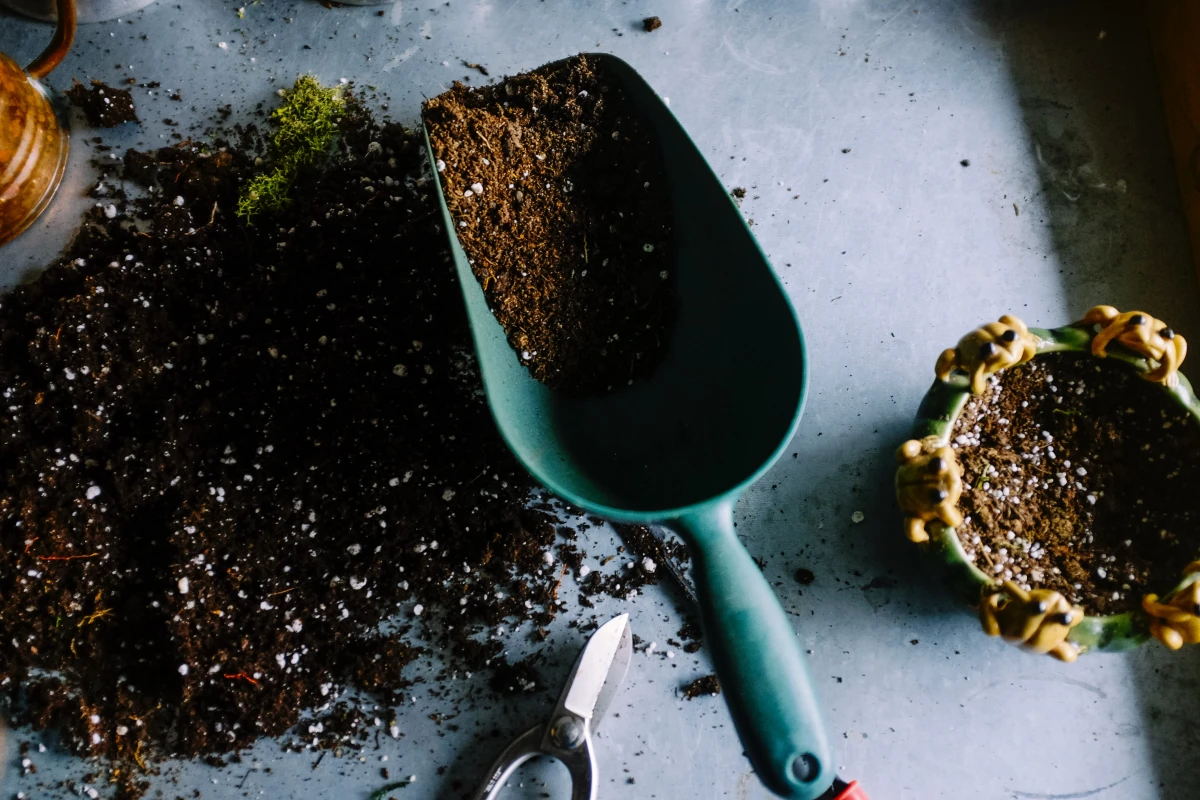
The Nitty-Gritty: Seeds and Sowing
Okay, your ground is prepped. Now for the fun part. Making the right choices here is critical for getting that lush, flower-filled look you’re dreaming of.
How to Pick a Winner (and Where to Buy It)
Please, I’m begging you, do not buy a generic “wildflower mix” from a big-box store. They are often packed with non-native annuals that give you a great show for one year and then vanish, or worse, aggressive species that will take over everything.
You need a balanced mix of native grasses and forbs (the flowering plants). Grasses provide structure and help suppress weeds. A good ratio I often use is about 60-70% native grasses to 30-40% forbs by weight. It sounds like a lot of grass, but their seeds are much lighter, so the visual result is still packed with flowers.
So, where do you get the good stuff? I always go to reputable native seed suppliers who know their stuff. A few great national ones to check out are Prairie Moon Nursery and American Meadows. They provide detailed species lists and sell mixes tailored to your specific region, soil type, and sunlight. This is where you want to spend your money.
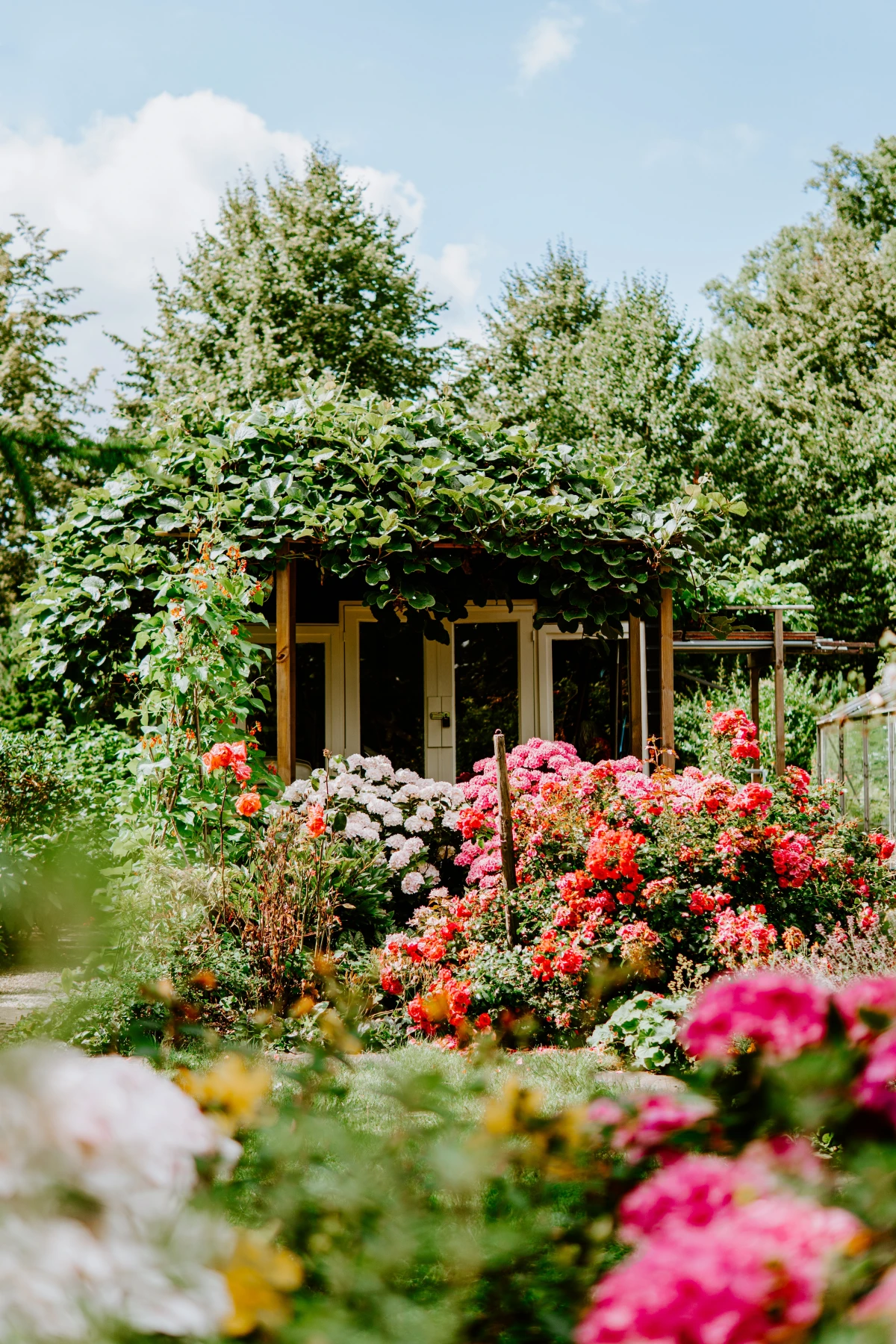
By the way, you’ll need to know your seeding rate. A common rate for these mixes is about 1 ounce of seed per 200-250 square feet. Don’t overdo it—sowing too thickly causes the plants to be weak and spindly as they compete too much.
The Sowing Technique
To sow the seeds evenly, don’t just throw them straight from the bag. Mix your seed with a carrier—I like using light-colored sand because I can see where I’ve been. Use a ratio of about 1 part seed to 5 parts sand.
Now, divide that seed-sand mixture in half. Walk across your site in one direction, scattering the first half. Then, take the second half and walk in a perpendicular direction (like you’re making a grid). This simple trick makes a huge difference in preventing clumps and bare spots.
And here’s a final pro tip that so many people miss: press the seeds into the soil. They need good contact with the earth to germinate, but most shouldn’t be buried. After sowing, just walk all over the area, tamping it down with your feet. For bigger projects, I use a water-filled lawn roller. This one step can literally double your success rate.
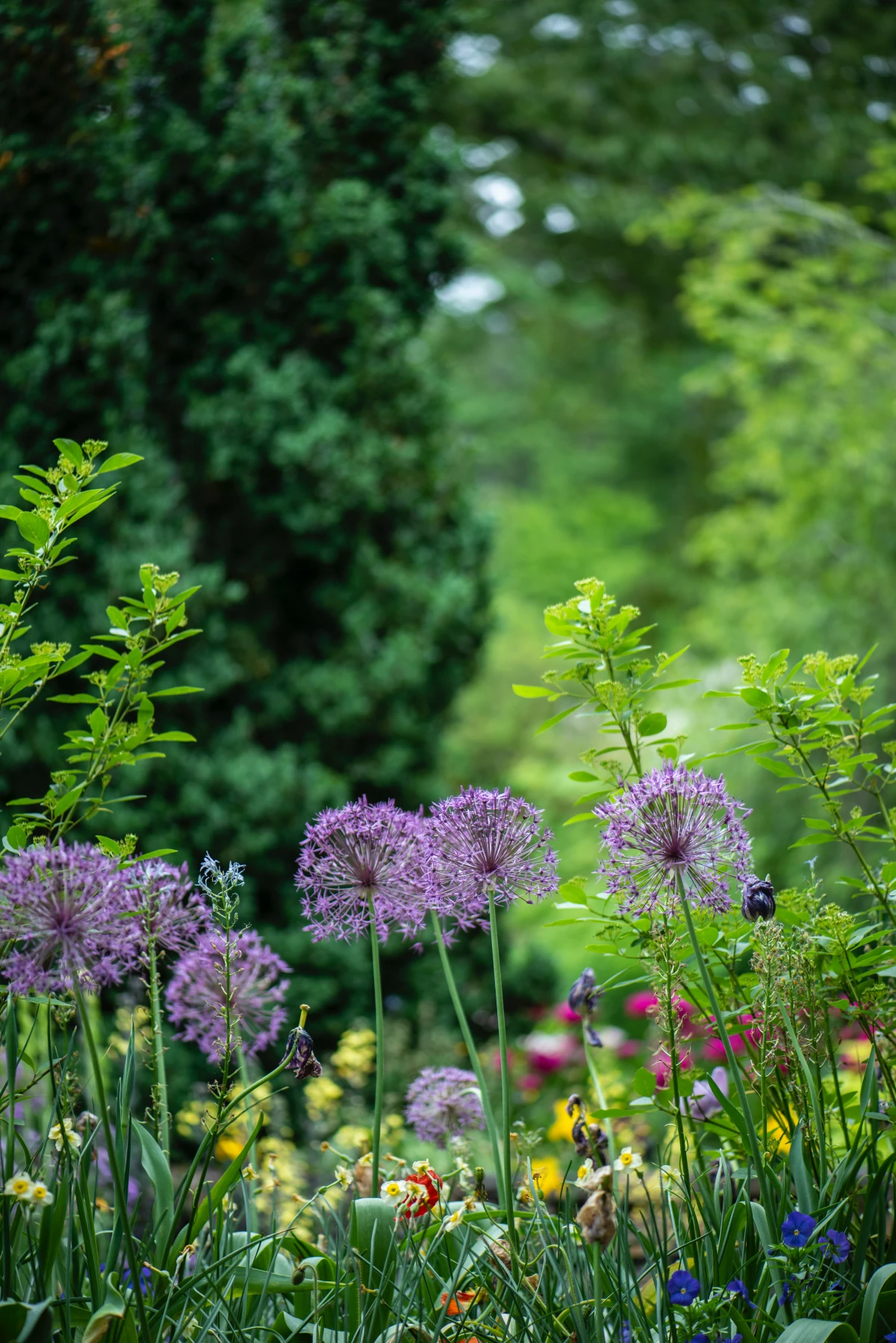
A Meadow for Your Corner of the World
The core principles are universal, but your plant choices and timing depend entirely on where you live. A meadow in Arizona is going to look way different than one in Vermont.
- For Dry Climates (like the Southwest): Here, water is everything. You’ll want to sow in late fall to take advantage of winter rains. Focus on drought-tolerant powerhouses like California Poppies, Desert Marigolds, and native bunchgrasses like Blue Grama. A thin layer of gravel mulch can also help hold in precious moisture.
- For Wet, Temperate Climates (like the Pacific Northwest): The challenge here is too much water and intense competition from weeds. Site prep is non-negotiable. Choose robust, competitive natives that can hold their own, like Sneezeweed or Joe Pye Weed. Oh, and slugs can be a nightmare for new seedlings, so a gritty barrier of crushed oyster shells around the perimeter can help.
- For Cold, Four-Season Climates (like the Northeast and Midwest): You have a secret weapon: winter! Fall sowing is perfect here because the cold, moist winter will naturally stratify the seeds for you. A classic, reliable mix I’d recommend for a sunny Midwest spot would include Little Bluestem grass paired with Purple Coneflower, Black-Eyed Susan, and Butterfly Milkweed. It’s a bulletproof combination.
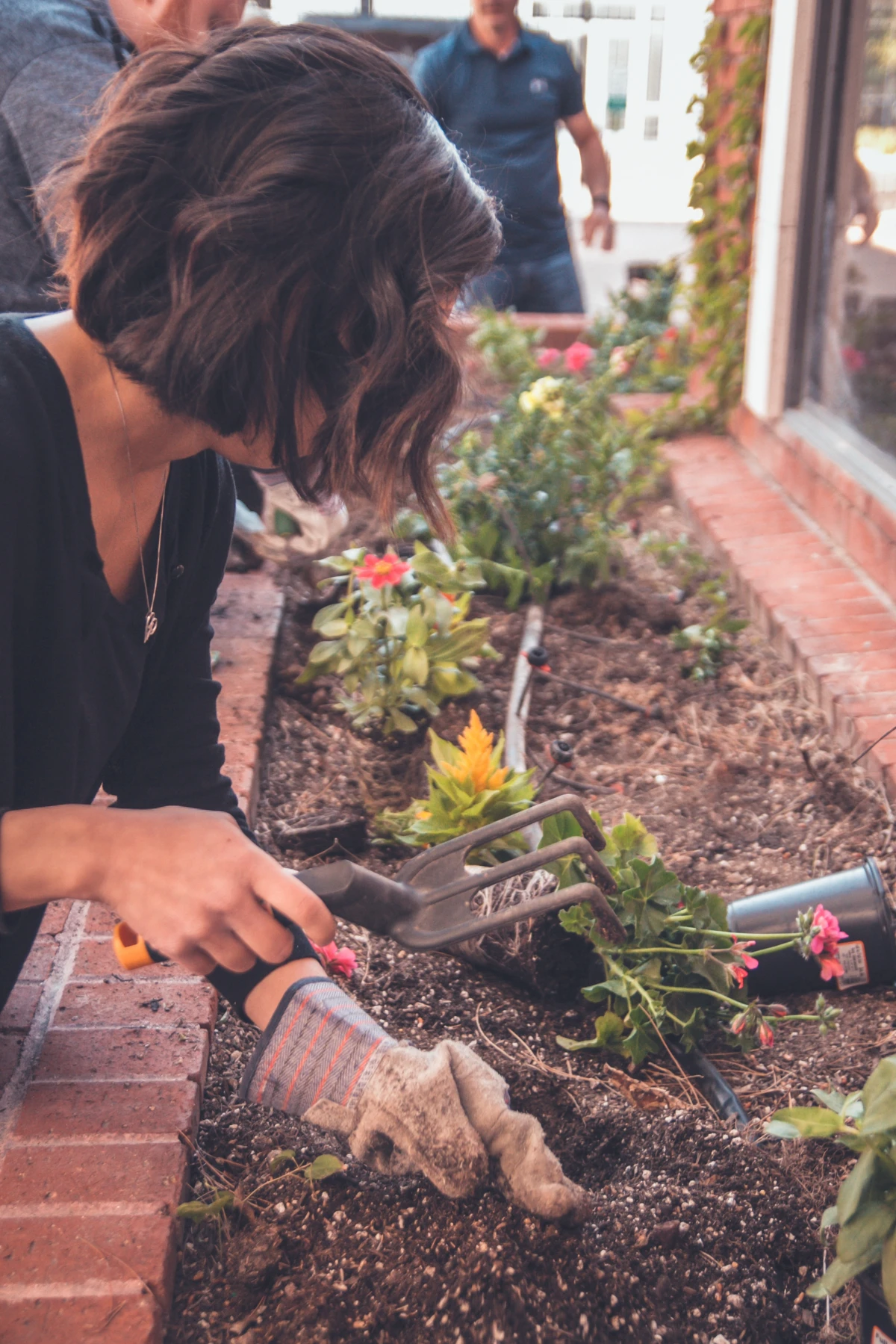
Managing Your Meadow: The First Two Years Are Crucial
A meadow is a long-term relationship. The first two years are all about helping it get established. Be patient!
Year One: The Year of Green
Get ready… your meadow is going to look green and kinda weedy in its first year. This is totally normal. Your main jobs are watering and, surprisingly, mowing.
For the first 4-6 weeks, keep the soil surface consistently moist to help the seeds sprout. After that, water deeply but less often. But the most important job? Mowing. It feels so wrong, but you have to do it. The annual weeds grow way faster than your perennial seedlings. By mowing, you stop the weeds from going to seed and you let sunlight reach your little flower plants. Set your mower to a high setting (about 4-6 inches) and give the area a haircut two or three times during the first growing season.
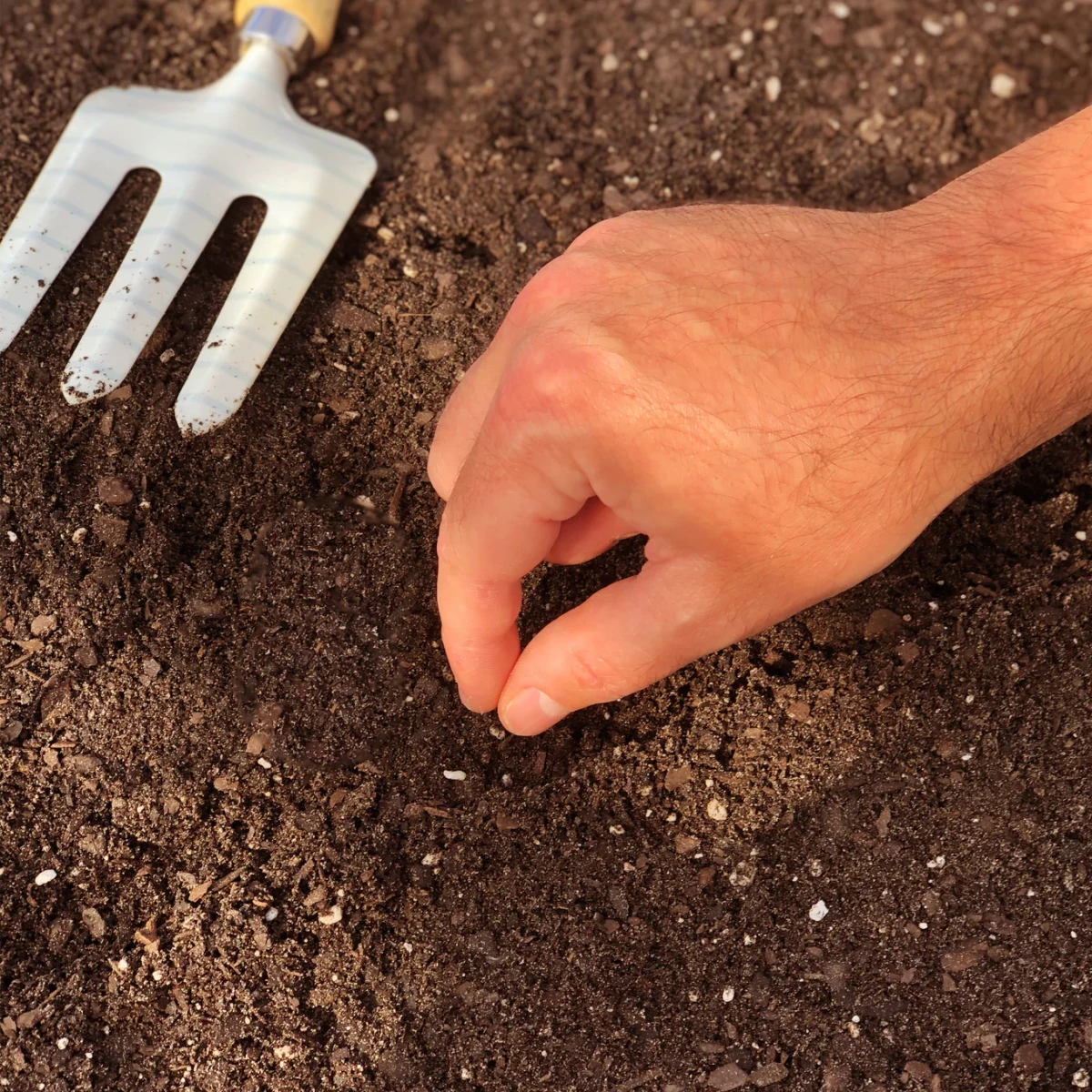
Year Two: The Blooms Begin
This is when the magic starts. Your perennials will begin to flower. Now your job shifts from mowing to editing. Learn to spot the most aggressive weeds and pull them by hand before they spread. You might also find that one flower is a little too happy and is starting to take over. Don’t be afraid to thin it out a bit to give others a chance. This is just active, smart gardening.
A quick word on pests: Deer and rabbits can sometimes be a problem. They tend to avoid pungent plants (like mountain mint) and most native grasses, but they might nibble on young coneflowers. A simple, temporary wire fence for the first year or two can be a lifesaver in areas with lots of wildlife pressure.
Long-Term Care and Fun Experiments
By year three, your meadow should be well on its way. The heavy lifting is done! Now you can start having more fun with it. An established meadow can always be enhanced. In the fall, you can gently rake small patches and “interseed” them with new species to increase diversity. This is also a great time to tuck in some spring-flowering bulbs like camas or wild narcissus to create another layer of interest.
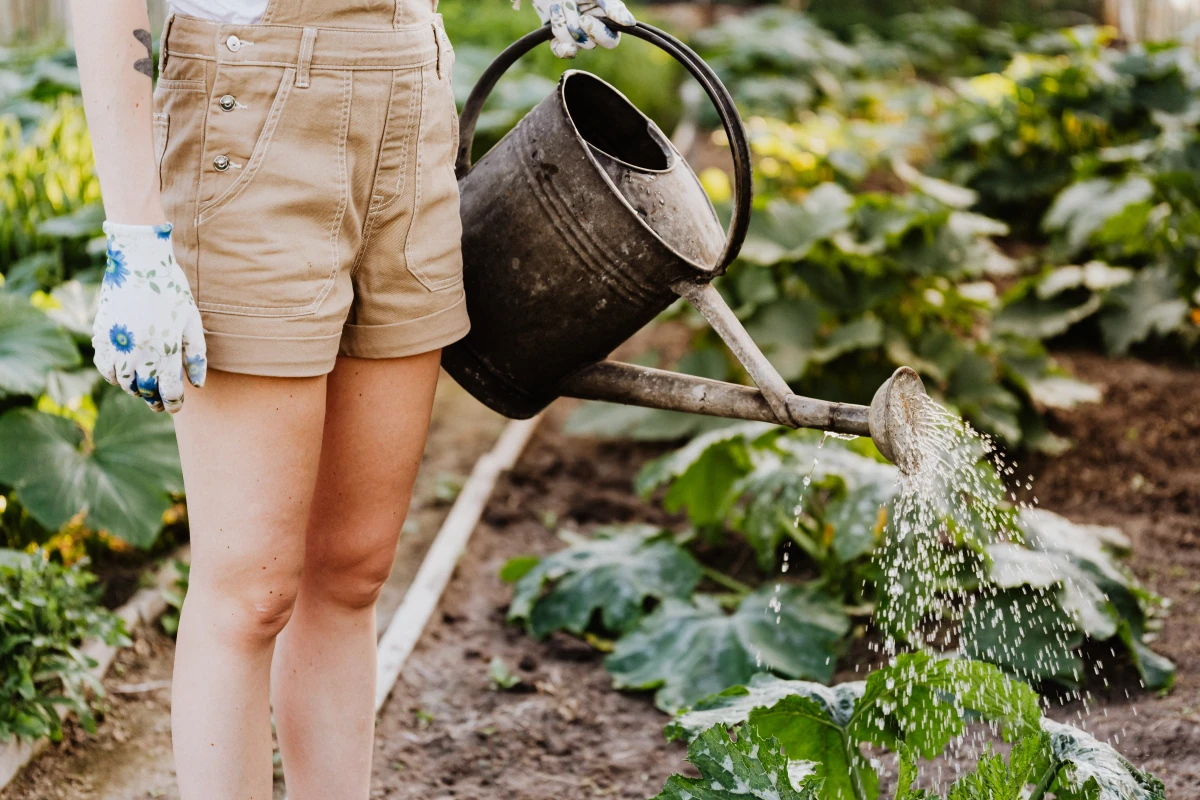
Not Ready to Tear Up Your Lawn? Try This.
If a full-on meadow feels like too much of a commitment, here’s a quick win: try a ‘Meadow in a Pot.’ Get a large container (the bigger, the better), fill it with a lean soil mix (like 50% potting soil and 50% sand), and sprinkle in a pinch of a native seed mix. It’s a fantastic way to watch the whole process up close without a huge investment of time or space.
To Wrap Up: Avoid These Common Mistakes
If you remember nothing else, remember this. The biggest pitfalls I see are:
- Starting with soil that’s too rich. Lean and mean is the goal!
- Skipping the mowing in Year 1. It feels wrong, but it’s the most critical step for weed control.
- Using a cheap, generic “wildflower” seed mix. You’ll regret it in Year 2. Invest in quality, native seeds from a trusted source.
- Forgetting to press the seeds into the soil. Seeds need good contact with the earth to grow. Don’t skip the tamping!
Building a meadow is one of the most rewarding things you can do in a garden. It brings so much life—birds, bees, butterflies—and creates a truly unique beauty that changes with the seasons. It just takes a little knowledge and patience upfront to get it right.
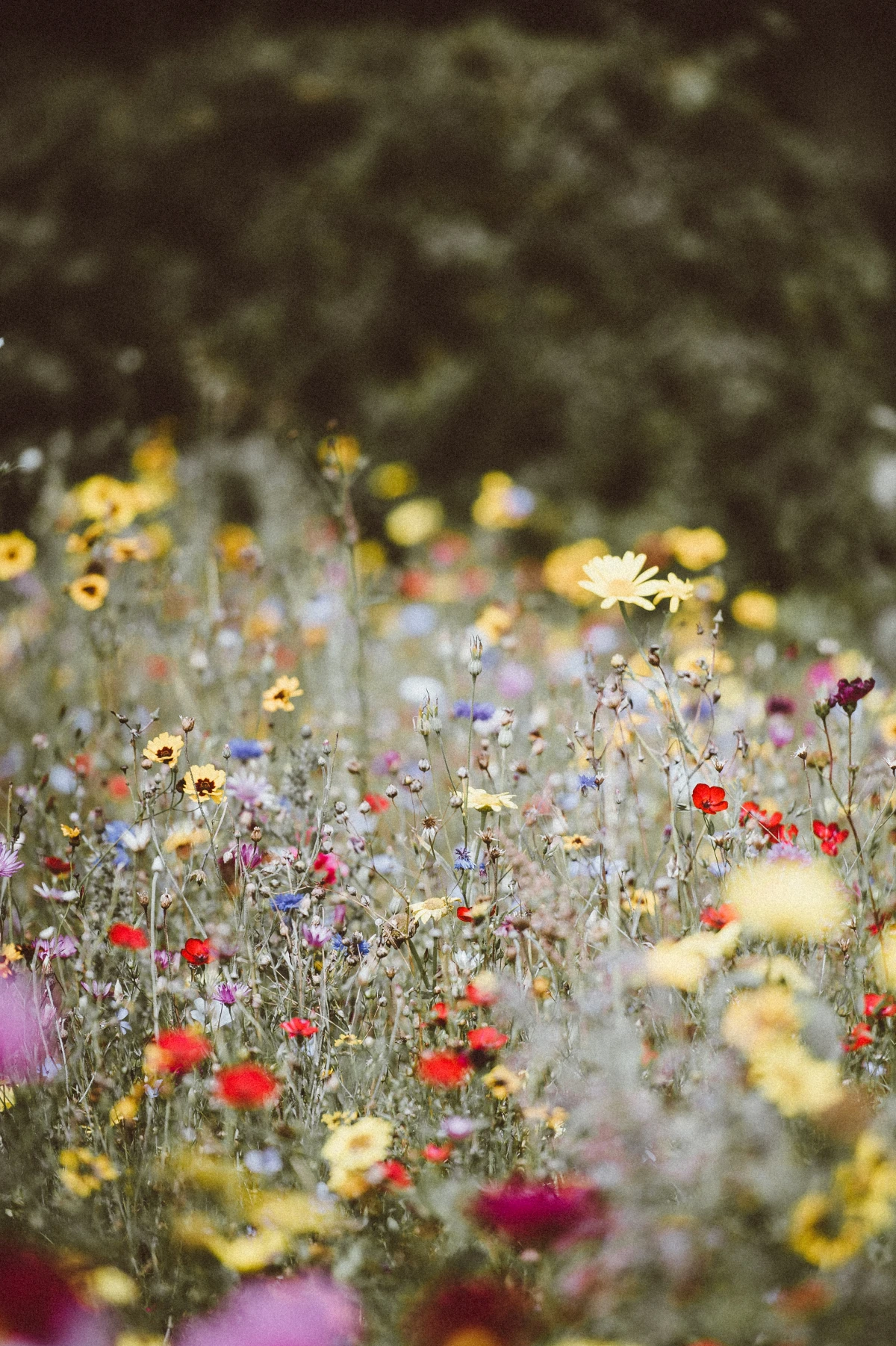
Galerie d’inspiration

What kind of seed mix is right for my new meadow?
The choice you make here determines your garden’s story for the next few years. For a quick, vibrant display, an annual-heavy mix featuring species like California Poppies or Cosmos will deliver a spectacular burst of color in the first season. It’s a great ‘starter’ meadow. For a permanent, resilient ecosystem, a native perennial and grass mix is the goal. Plants like Coneflower (Echinacea) and Switchgrass (Panicum virgatum) may spend their first year establishing roots with few flowers, but they form the long-term, self-sustaining backbone of a true meadow. Many expert suppliers, like Prairie Moon Nursery, offer mixes that balance both for a perfect succession.










